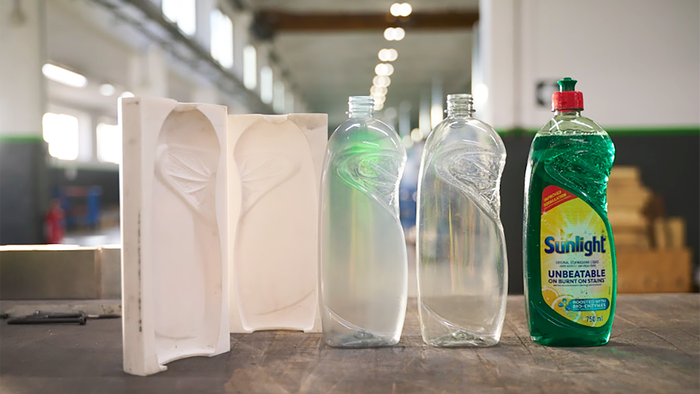Amazon is Picking Paper Over Plastic. Should You?
Turns out there are compelling business reasons to think “paper,” says an industry insider.

Amazon’s recent shift to paper cushioning for ecommerce shipments in North America was the etailer’s largest plastic packaging reduction effort to date. The change will eliminate nearly 15 billion plastic air pillows annually.
This is just one of many plastic-to-paper shifts as companies try to improve the recyclability of their packaging and foster a circular economy.
But this move alone is a big deal because of the volume. Amazon handles two billion packages annually in North America.
David Murgio, chief sustainability officer at Ranpak, a global paper-based packing material and solutions provider, says, “When Amazon makes a commitment so loudly and so broadly and so boldly to shift to a curbside recyclable substrate for this use, for this application, it just means something.” Murgio was unable to say if Ranpak is one of Amazon’s suppliers. “I can’t say who may or may not be our customer. We work with everybody.”
But he also says he hopes others will follow Amazon’s lead, to help reduce plastic pollution. He describes switching to a curbside-recyclable packaging material as low-hanging fruit. “By simply shifting to a more sustainable substrate for packaging, it allows companies to make a dent in the issue, relatively easily,” Murgio says. “The shift to paper, which is curbside recyclable, for someone like Amazon … means that all their goods will be recycled, in all likelihood.”
It will be interesting to see how Amazon will track or measure if its paper filler is being recycled by consumers and in what amount.
But the logic follows that the easier it is for consumers to recycle, the more they will do so.
I also asked Murgio from Ranpak if the business case will be there to use paper packaging materials instead of plastic in the future if or when plastic films are also widely collected at curbside.
Despite the fact that he’s clearly biased as a paper packaging supplier, he made several good points as to why paper has a solid business backing:
1. Paper applications are getting more efficient and better every day. For example, Ranpak’s new Trident paper filler is formed into a cylinder shape that uses about 15% less paper than other cushioning products.
2. The attitude that younger generations have about the importance of sustainability is here to stay. Murgio’s kids, who are in their 20s, won’t take a job with a company unless it’s environmentally friendly. “At the macro level, I think that there’s always going to be a place for the most sustainable substrates in packaging,” Murgio says. “It’s hard to even imagine how long that’s going to take [for plastic packaging recycling rates to get anywhere near paper].”
3. The useful life of cushioning in ecommerce shipments is about three days. So why use a material that lasts so much longer? “This idea that we’re going to use a substrate that is going to last decades to centuries to fulfill a task that it’s done within three days is just … hard to make sense of that. It’s illogical,” Murgio says, ending with the advice to match the right substrate to the right application.
About the Author(s)
You May Also Like




